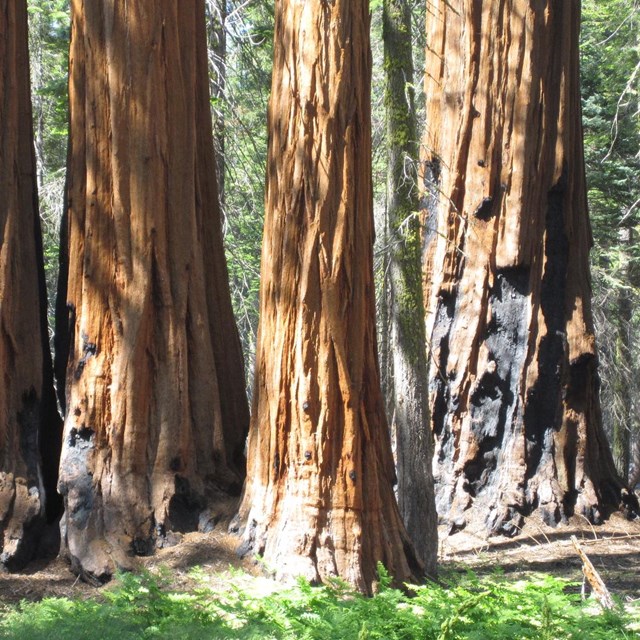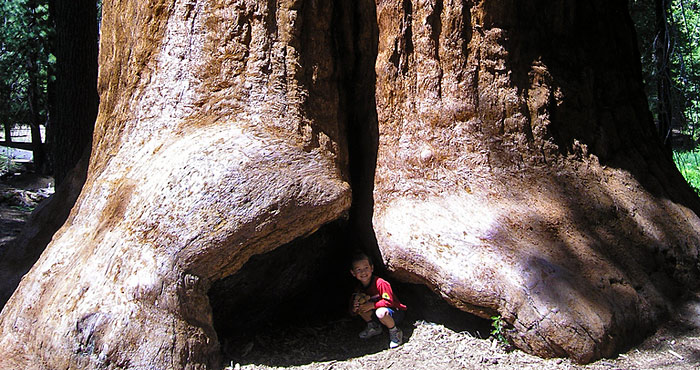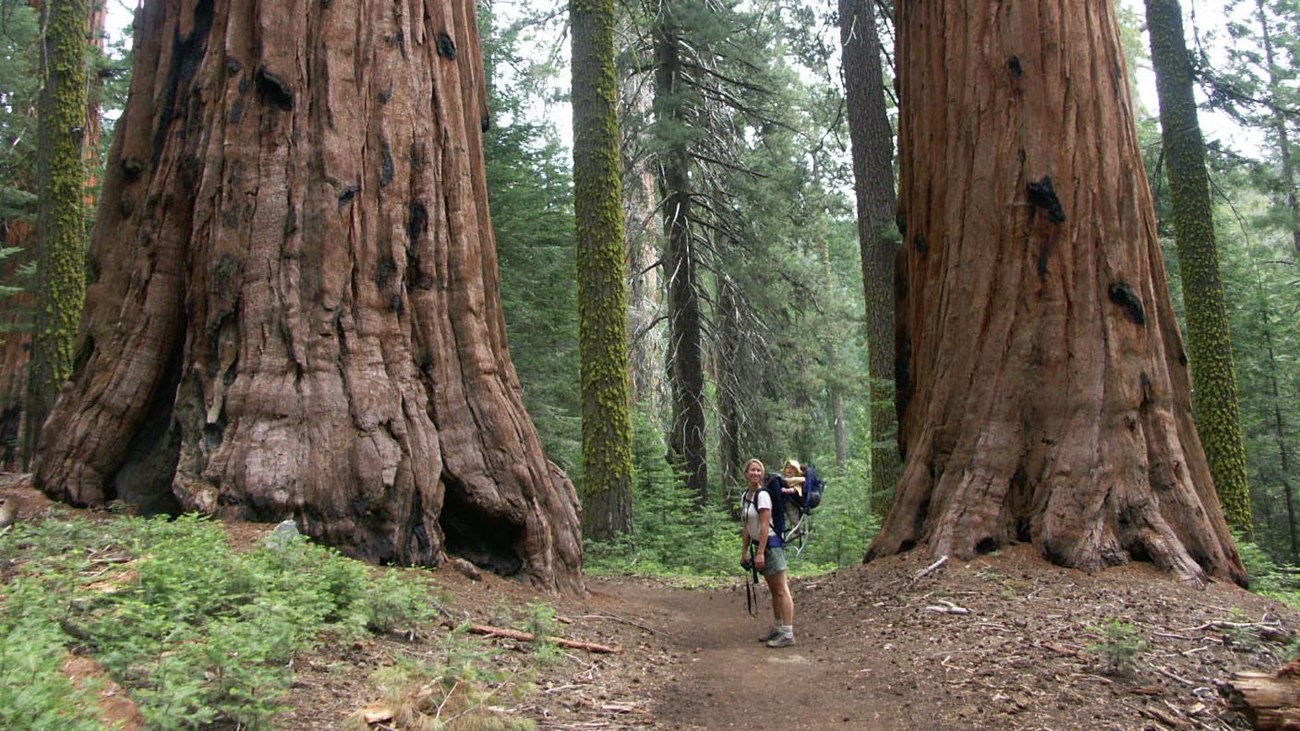Sequoia National Park Map-- Navigating the Giant Trees and Trails
Sequoia National Park Map-- Navigating the Giant Trees and Trails
Blog Article
Explore the Diverse Wildlife Habitats Within Sequoia National Forest
Sequoia National Park is an environmental prize, showcasing an impressive array of wild animals environments that add to its abundant biodiversity. From the impressive huge sequoia forests to the diverse alpine meadows, each environment plays a critical duty in sustaining various types, including both typical and rare fauna. The interaction of these environments not only fosters an unique ecosystem yet additionally highlights the importance of preservation initiatives in preserving this equilibrium. As we check out the certain qualities of these environments, appealing concerns arise concerning the interconnectedness of life within this exceptional landscape.
Review of Sequoia National Forest
Sequoia National forest, nestled in the southerly Sierra Nevada chain of mountains of The golden state, is renowned for its spectacular landscapes and looming huge sequoias. Established in 1890, it is just one of the earliest national forests in the United States, devoted to preserving the all-natural charm and ecological stability of this distinct area. The park encompasses over 404,000 acres of varied terrain, including majestic hills, deep canyons, and rich meadows.

Visitors can check out various hiking trails, ranging from leisurely strolls to tough backcountry routes, each providing a distinct point of view of the park's magnificence. With its mix of natural marvels and recreational chances, Sequoia National Park works as a vital sanctuary for both wildlife and those looking for to connect with nature.

Major Wildlife Environments
The diverse landscapes of Sequoia National Park create a mosaic of wildlife environments that sustain a rich selection of types. These habitats range from rich fields and thick forests to rough towering areas and extensive river valleys, each offering unique environmental specific niches.
One prominent environment is the gigantic sequoia forest, defined by towering trees and an abundant understory, which sustains various creatures, birds, and bugs. The mixed conifer woodlands, composed of varieties such as sugar want and white fir, offer added shelter and food resources for wildlife.
Meadows and meadows play a crucial function in the park's communities, functioning as crucial foraging grounds for herbivores like deer and little mammals. These open locations also bring in diverse bird varieties, particularly throughout migration periods.
The park's higher elevations include alpine environments, where conditions are rough and types are adjusted to make it through in such extremes (Sequoia National Park hour). Here, one can locate distinct vegetation and fauna that thrive in rocky, cool atmospheres
Flora and Animal Diversity
Within the diverse ecological communities of Sequoia National Park, a remarkable variety of flora and animals coexists, showcasing the elaborate partnerships that sustain the park's biodiversity. The park is home to over 1,300 plant varieties, including the iconic gigantic sequoias, which are among the largest and oldest trees in the world. These majestic trees supply important environment and food resources for numerous wild animals, promoting an intricate internet of environmental communications.
Pet types in Sequoia National forest are similarly diverse, with environments varying from lowland foothills to high alpine atmospheres. Creatures such as black bears, mule deer, and bobcats prosper in this rich ecosystem, while avian varieties, consisting of the magnificent golden eagle and the elusive spotted owl, elegance the skies. Amphibians and reptiles, like the Sierra amphibian and the western rattlesnake, also play essential functions in preserving environmental balance.
The park's one-of-a-kind combination of altitude gradients and microclimates supports these varied types, highlighting the importance of maintaining the natural habitats that permit such an abundant tapestry of life to thrive. Recognizing this variety is important for appreciating the ecological relevance of Sequoia National Park.
Preservation Efforts in the Park
Preservation efforts in Sequoia National forest play a critical duty in safeguarding its unique communities and the diverse types that inhabit them. The park employs a multifaceted approach, consisting of environment repair, species keeping track of, and invasive types administration. These initiatives are important for preserving the fragile balance of the park's ecosystems, that include large sequoias, fields, and towering settings.
Active remediation projects concentrate on restoring native plant areas and fixing up degraded environments. Sequoia National Park hour. This is especially important in locations impacted by human activity or all-natural disruptions such as wildfires. The park's biologists conduct regular surveillance of crucial types, consisting of the endangered Sierra Nevada bighorn lamb, to examine population health and inform administration methods
Intrusive types pose a substantial danger to the park's biodiversity. To battle this, park personnel implement removal programs to manage or eradicate non-native plants and pets that interfere with regional ecological communities. Public education and learning and neighborhood involvement are likewise stressed, as they promote a deeper appreciation for preservation initiatives. With these thorough campaigns, Sequoia National forest aims to secure its rich natural heritage for future generations while making certain the resilience of its diverse wild animals habitats.
Tips for Wild Animals Observation
Observing wildlife in Sequoia National Park offers a distinct possibility to get in touch with nature and appreciate the varied varieties that thrive in this amazing environment. To maximize your wildlife observation experience, consider several vital ideas.
First of all, strategy your see throughout morning or late mid-day, as these times are most energetic for lots of pets. Bring field glasses to observe wild animals from a risk-free distance without disturbing their all-natural actions. In addition, acquaint on your own with the species More hints you wish to see; understanding their behaviors and environments can boost your possibilities of detecting them.
Persistence is crucial; wild animals monitoring commonly needs waiting quietly and understanding your environments. Remain on designated tracks to lessen your influence on the environment and ensure your safety. It is additionally a good idea to preserve a respectful distance from pets, avoiding any kind of actions that can worry them or interrupt their environment.
Finally, take into consideration joining assisted tours led by educated park rangers. These experts can offer valuable insights and enhance your chances of experiencing wild animals in their natural settings. By adhering to these pointers, you can enrich your experience and add to the conservation of Sequoia's wildlife.

Final Thought
Sequoia National forest works as an essential refuge for varied wildlife, showcasing an exceptional selection of habitats that sustain various varieties. The interplay in between large sequoia woodlands, mixed conifer forests, meadows, and alpine areas cultivates an abundant ecological tapestry. Continuous conservation efforts are vital for preserving these habitats and the special vegetation and fauna that populate them. Ultimately, the park's biodiversity underscores the importance of preserving such natural landscapes for future generations.
Please visit one of our local supporters - Wholesale Liquidation Pallet 1riginal Nike Shoes
Report this page